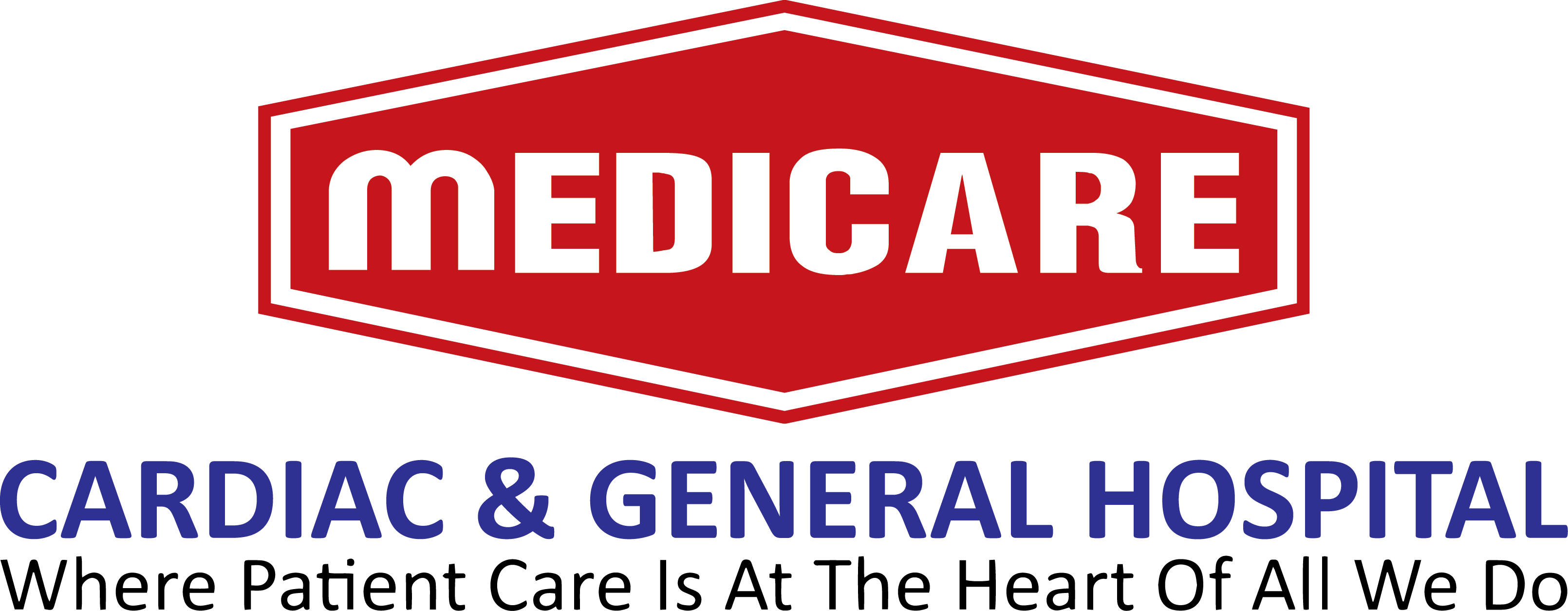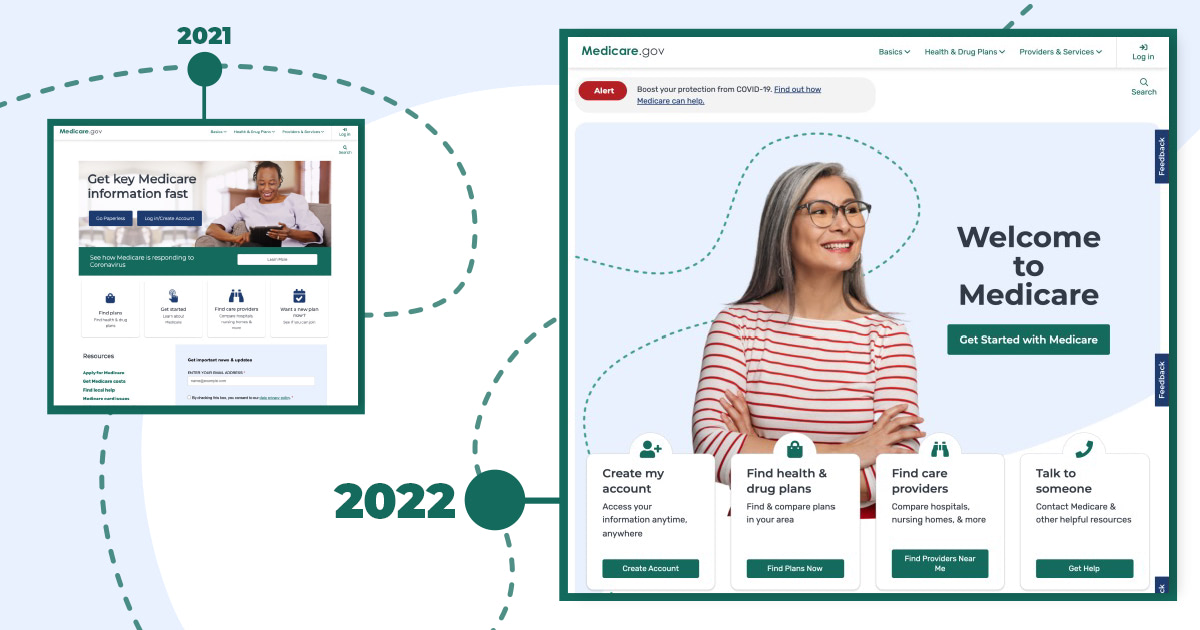myuhcmdicare.com/hwp presents a unique opportunity to analyze a healthcare website’s effectiveness. This analysis will delve into its functionality, user experience, design, technical aspects, accessibility, and potential areas for improvement. We will examine how the site caters to its target audience and explore strategies for enhancing user engagement and overall website performance.
The following sections will provide a comprehensive overview of myuhcmdicare.com/hwp, covering its architecture, content organization, user interface, technical infrastructure, accessibility features, and potential avenues for optimization. We aim to offer actionable insights that could significantly enhance the website’s usability and impact.
Website Overview: myuhcmdicare.com/hwp
Myuhcmdicare.com/hwp appears to be a website dedicated to providing information and resources related to healthcare, specifically focusing on a particular hospital or healthcare provider (judging from the URL structure, “hwp” likely represents a hospital or healthcare provider’s abbreviation). The exact nature of its services requires further investigation, as the provided URL does not offer direct access to the website’s content.
Primary Website Function and Target Audience
Based on the URL, the primary function is likely to offer information about services, appointment scheduling, physician profiles, and potentially patient portals. The target audience is most likely patients, potential patients, referring physicians, and potentially the general public seeking information about the healthcare provider.
Navigation Structure and User Experience
Without access to the website, a precise description of the navigation structure and user experience is impossible. However, a well-designed healthcare website would typically employ a clear and intuitive navigation menu, allowing users to easily locate information on services, doctors, locations, and contact details. A user-friendly experience would prioritize ease of access to critical information, such as appointment scheduling and emergency contact details.
Key Features and Services
| Feature Name | Description | Target User | Accessibility |
|---|---|---|---|
| Physician Directory | A searchable database of doctors and their specialties. | Patients, Referring Physicians | Assumed to be accessible via search and filtering options. |
| Appointment Scheduling | Online system for booking appointments. | Patients | Ideally accessible through a clear and straightforward interface. |
| Patient Portal | Secure access to medical records and test results. | Patients | Requires secure login and should be compliant with accessibility standards. |
| Service Information | Details about the services offered by the healthcare provider. | Patients, Potential Patients, Referring Physicians | Should be easily navigable and clearly presented. |
Content Analysis: Information Architecture
The website’s information architecture is crucial for user navigation and information retrieval. A logical organization enhances the user experience, while poor organization can lead to frustration and lost opportunities.
Content Categories and Hierarchy
Without access to the website, a detailed analysis is impossible. However, a typical healthcare website’s information architecture might include categories such as “About Us,” “Services,” “Doctors,” “Locations,” “Patient Resources,” and “Contact Us.” The effectiveness of this hierarchy depends on clear labeling, intuitive navigation, and a logical flow of information.
Sitemap Illustration
A hypothetical sitemap might include a homepage linking to sections for Services (with sub-pages for each service), Doctors (with individual doctor profiles), Locations (with maps and directions), Patient Resources (with FAQs, forms, and health information), and Contact Us (with phone numbers, email addresses, and a contact form). This would provide a clear and organized structure for users.
Examples of Effective and Ineffective Content Organization, Myuhcmdicare.com/hwp
Effective organization uses clear headings, concise descriptions, and logical grouping of related information. Ineffective organization results in scattered information, unclear navigation, and difficulty finding specific content. For example, burying important contact information deep within the website would be considered ineffective.
User Interface and Design
The user interface and design are critical for a positive user experience. A visually appealing and user-friendly website encourages engagement and improves satisfaction.
Visual Appeal and Usability
Without access to the website, a visual assessment is not possible. However, a well-designed healthcare website should be clean, uncluttered, and easy to navigate. The use of appropriate color palettes, fonts, and imagery can enhance the overall aesthetic appeal and user experience. A responsive design is crucial for optimal viewing across various devices.
Design Elements and Comparison to Similar Websites

Source: medicarehospital.pk
Key design elements that enhance the user experience include clear call-to-actions, intuitive navigation, and visually appealing graphics. Elements that detract from the experience include cluttered layouts, confusing navigation, and slow loading times. Comparison to similar websites would require analysis of competing healthcare websites in terms of their design and functionality.
Accessibility Improvements
Improvements for accessibility could include ensuring compliance with WCAG guidelines (Web Content Accessibility Guidelines), using sufficient color contrast, providing alternative text for images, and offering keyboard navigation. These adjustments cater to users with visual, auditory, or motor impairments.
Technical Aspects
The technical aspects of the website significantly impact its performance, security, and overall user experience.
Website Technologies
Without access to the website’s source code, determining the specific technologies used is impossible. However, common technologies for healthcare websites include HTML, CSS, JavaScript, and various backend frameworks and databases.
Website Performance and Responsiveness

Source: medialogic.com
A responsive website adapts seamlessly to different screen sizes and devices. Performance is crucial; slow loading times can negatively impact the user experience. Factors affecting performance include image optimization, efficient code, and server-side optimization.
Security Measures and Data Privacy
Healthcare websites handle sensitive patient data, requiring robust security measures. This includes encryption for data transmission, secure authentication mechanisms, and compliance with relevant data privacy regulations (e.g., HIPAA in the US).
Potential Technical Vulnerabilities and Improvements
- SQL injection vulnerabilities: Regular security audits and input validation are necessary.
- Cross-site scripting (XSS) vulnerabilities: Implementing proper output encoding and sanitization is crucial.
- Lack of HTTPS: Ensuring all communication is encrypted via HTTPS is essential for data security.
Accessibility and Inclusivity
Accessibility and inclusivity are vital for ensuring that all users can access and utilize the website’s content and services.
WCAG Compliance and Improvements
Compliance with WCAG guidelines is essential for accessibility. Areas for improvement could include ensuring sufficient color contrast, providing alternative text for images, and using appropriate heading structures.
Inclusive Design Practices
Inclusive design considers the needs of all users, including those with disabilities. Examples include providing captions for videos, transcripts for audio content, and keyboard navigation for all interactive elements.
Catering to Diverse User Needs
Catering to diverse needs involves providing content in multiple languages, offering various communication channels (e.g., phone, email, chat), and designing the website to be usable across a range of devices and browsers.
Potential Improvements
Several improvements could enhance the website’s functionality, user experience, and overall effectiveness.
Enhancements to Functionality and User Experience
Improvements could include streamlining the appointment scheduling process, improving the search functionality, and providing more detailed information on services. User feedback mechanisms, such as surveys and feedback forms, can provide valuable insights for improvement.
Strategies to Improve Website Engagement
Strategies to improve engagement include creating engaging content, using visually appealing design elements, and optimizing the website for different devices. Regularly updating content with relevant information also helps keep users engaged.
Methods for Search Engine Optimization
Improving website visibility involves creating high-quality, relevant content and structuring the website in a way that is easily understood by search engines. This includes optimizing page titles, headings, and meta descriptions.
Redesigned Page Mock-up
A redesigned appointment scheduling page could feature a more intuitive calendar interface, clear instructions, and options for selecting preferred times and providers. The design would prioritize simplicity and ease of use, with clear visual cues and a streamlined workflow. The color palette would be calming and professional, and the layout would be clean and uncluttered.
Understanding myuhcmdicare.com/hwp requires considering the broader context of patient-centered healthcare. For instance, a similar focus on proactive wellness is evident in the approach of riverside medical clinic my healthy connection , which emphasizes preventative care. Ultimately, both resources aim to empower individuals to manage their health effectively, although they differ in their specific services and target audience.
Wrap-Up
In conclusion, a thorough evaluation of myuhcmdicare.com/hwp reveals both strengths and areas ripe for improvement. By addressing the identified technical vulnerabilities, enhancing the user interface, and prioritizing accessibility, the website can significantly improve its user experience and achieve greater impact. The recommendations Artikeld in this analysis offer a roadmap for optimizing the site’s performance and fulfilling its potential as a valuable resource for its intended audience.
